District Court Dismisses Suit Seeking TSCA Section 6 Rule Prohibiting Production of PFOA during Fluorination of Plastic Containers
Nanotech
DECEMBER 17, 2024
Environmental Protection Agency (EPA) seeking a rule under Section 6 of the Toxic Substances Control Act (TSCA) to prohibit the production of perfluorooctanoic acid (PFOA) during Inhance Technologies, LLCs (Inhance) fluorination process. Public Employees for Environmental Responsibility (PEER) v.


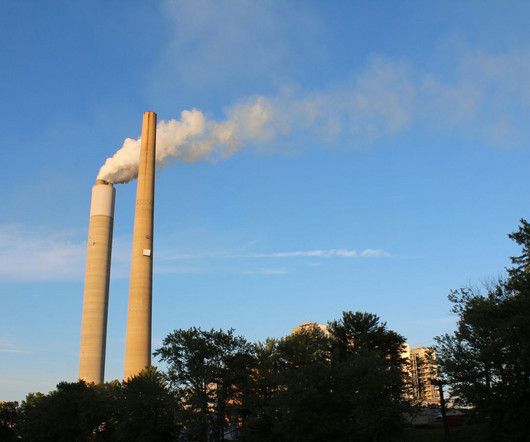



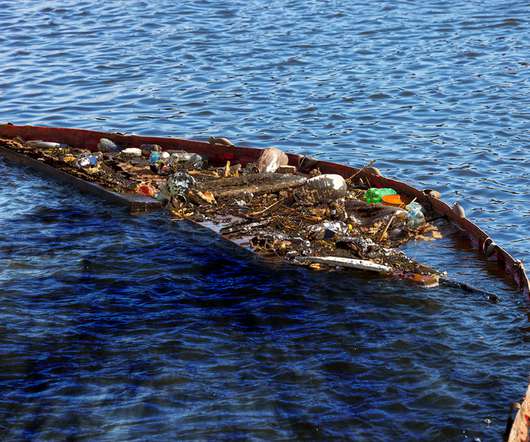
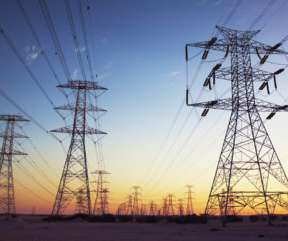


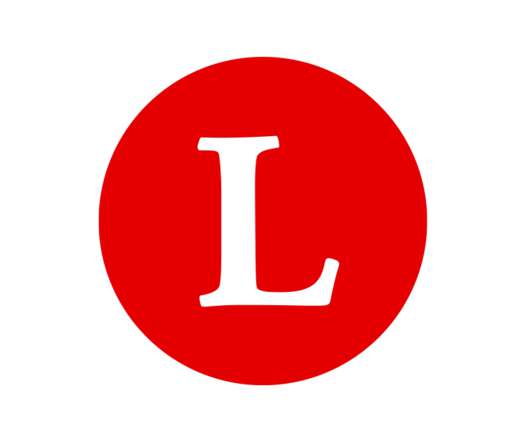
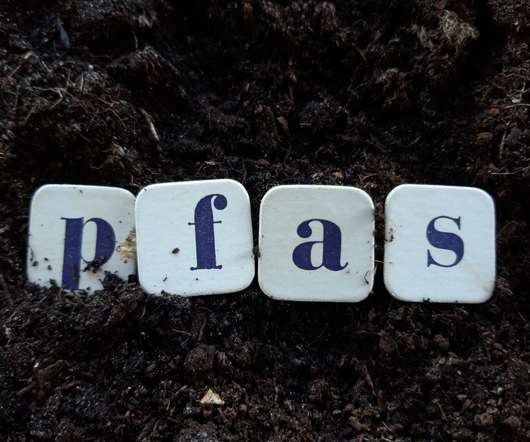












Let's personalize your content